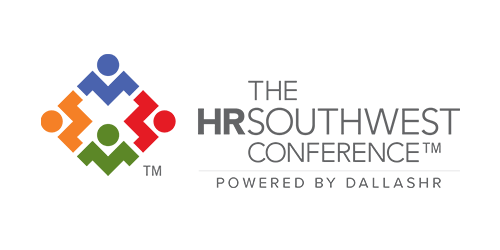
HR’s Role in Business Continuity Planning for the Next Crisis
After the events of the last 18 months, it is clear HR leaders have a role in business continuity planning, especially during crisis management and recovery.
This makes sense for two broad reasons. Over the last 10 to 15 years, HR has shifted into a more strategic role in planning and managing talent and organizational development. And we have learned over the last year that in crisis, empathy and communication matter—and HR is positioned to deliver both to support employees.
Preparing for the next crisis
While the crises of 2020 were unprecedented, they’re not the only systemic shocks rock organizations and markets. Other potential disruptions include natural disasters, cybersecurity threats, and more. And, according to thought leadership by McKinsey, even recovery will introduce stressors as we “witness a dramatic restructuring of the economic and social order in which business and society have traditionally operated.”
Uncertainty itself can be stressful for organizations—and their people. HR professionals can lead the way and contribute to business continuity planning through response planning, policy creation, employee communications, and more. Let’s take a closer look.
Response planning
Traditionally, business continuity planning has been led by operations or IT. The events of 2020 have spurred many organizations to bring HR into the planning process. This is essential because HR can bring insight into “the good, bad, and the ugly” across all departments into the planning process. In addition, HR often manages internal communication, so it’s important to be in the know to facilitate this quickly, effectively, and with the right content and tone.
Policy creation
HR professionals already play a lead role in creating employee policies. Over the last year, though, many organizations (and their HR leaders) realized their policies had gaps. Many of these arose from the sudden shift to remote work. As a result, organizations scrambled to update or create new policies in mid-crisis.
Many organizations had to tackle priorities related to security, company or BYO device use, connectivity, data privacy compliance, quarantine policies, health and privacy disclosures, severance and furloughs, schedules, flex time, and much more. In addition, new legislation and stimulus bills introduced new guidance for companies. Put simply, the workplace is more complex than ever before.
Now is the time for HR professionals to review, update, and adapt policies to reflect how, when, and where employees are working. Doing so will create clearer guidance for all employees and lay the foundation for a more coordinated response to any future crisis.
Employee communications
Over the last year, HR professionals had a lot of information to communicate, often on evolving situations or with short notice. The reality is in any crisis, frequent communication is essential. And it is often HR’s role to manage it.
Planning is key. Build a communication plan and outline your communication tools ahead of future crises. Depending on the size of your organization, your tools and channels may include email, application alerts, and text (SMS) communications. You may also have to manage both internal and external communications to the media, vendors, partners, and others.
Maintain a continually updated database of all contacts and ensure you and your staff know how to use all communication technology properly. Developing a crisis communication plan with clear staff leads helps, too. This way, you can put plans into action quickly.
Beyond tools and content, be aware the softer side of messaging matters, too. People will remember not only what you said, but how you said it. Words of encouragement and recognition of individual and team contributions go a long way.
Other HR leadership in continuity planning
In addition to the biggies of response planning, policy updates, and employee communications, HR leaders have other ways to bolster continuity planning. This includes ensuring employee well-being. Over the course of the pandemic, HR professionals across industries brought employees together in creative ways through virtual contests, happy hours, and more. Many HR leaders also helped employees navigate new needs for support through employer assistance programs, mental health benefits, and more. Considering what support your employees need now for the future is important.
It’s also essential to think about what kind of training and development employees may need. This can include training on how to effectively use new tools and technology to sessions fostering greater understanding of diversity, equity, and inclusion in the workplace.
In the end, HR professionals can bring valuable perspective and input to business continuity planning, helping to build more resilient organizations for the next crisis.
DallasHR is the third largest SHRM affiliate chapter in the nation. With more than 2,000 engaged HR professionals, the Chapter has been Advancing the Value of HR since 1939 through cutting-edge education, fun networking events and opportunities to share best practices with others in the field of HR. The Chapter powers The HRSouthwest Conference, one of the largest regional HR events in the U.S. Visit us at dallashr.org to join or hrsouthwest.com to register and follow us at #DALLASHR, #HRSWC.





